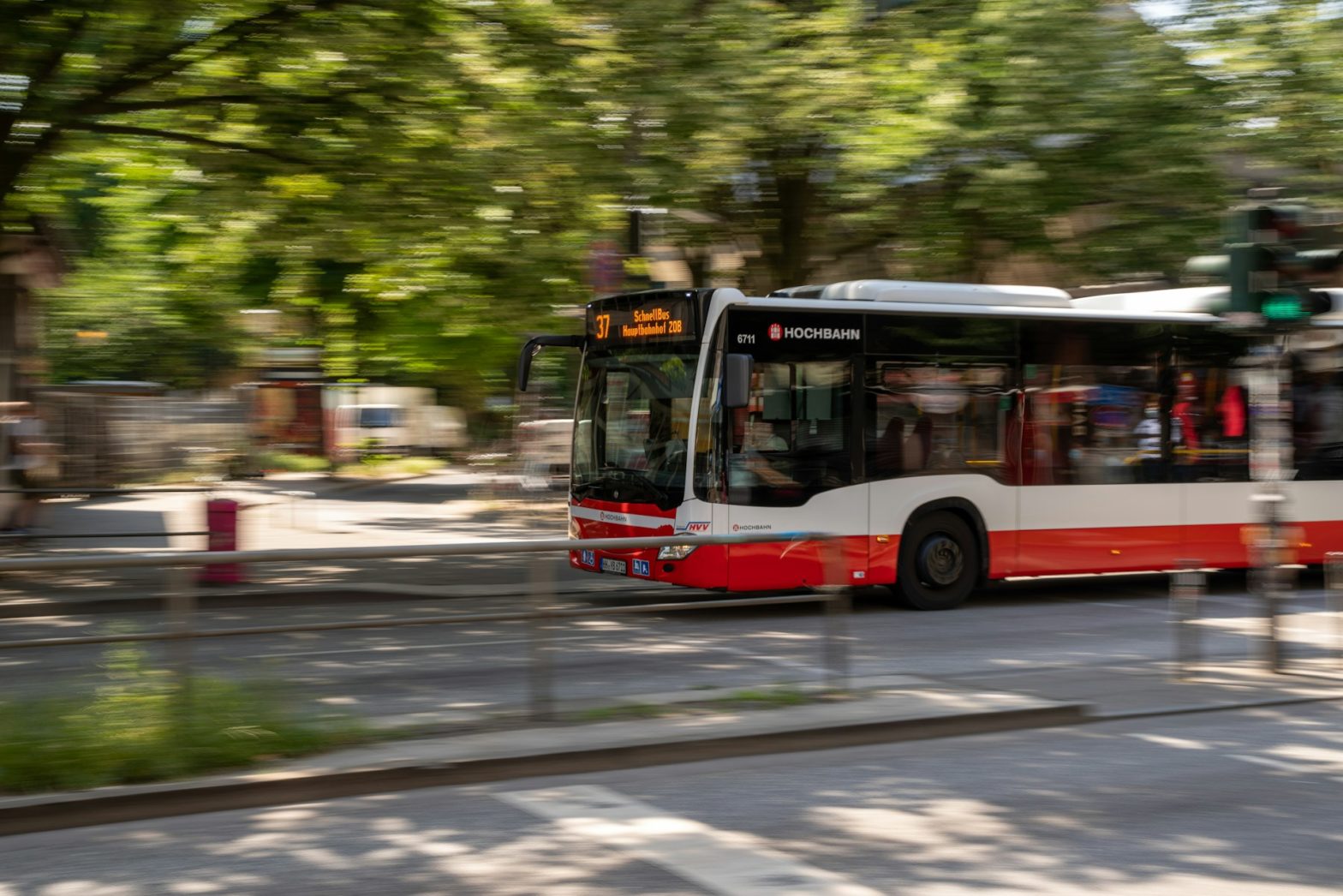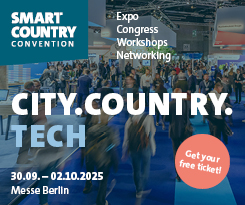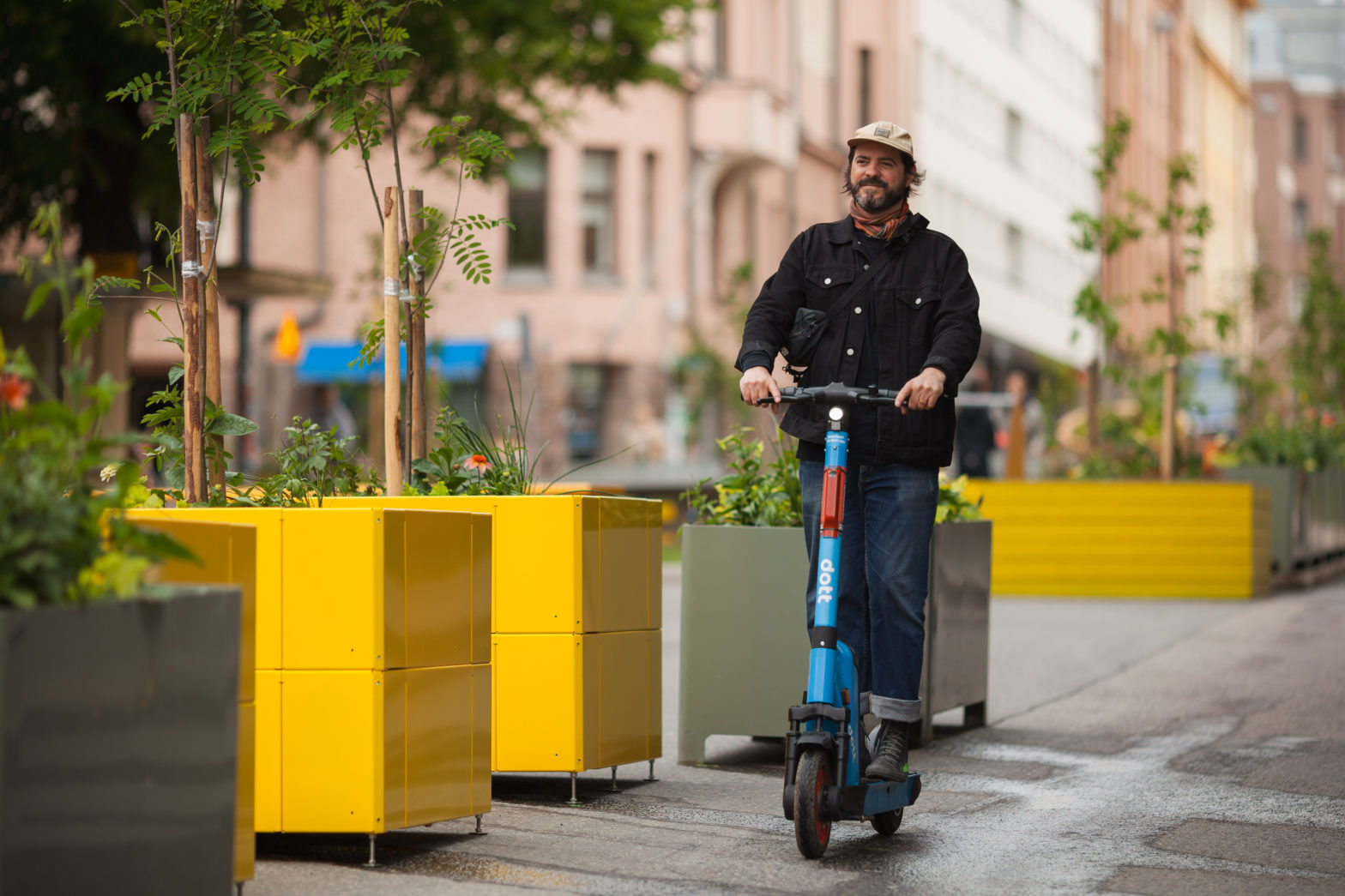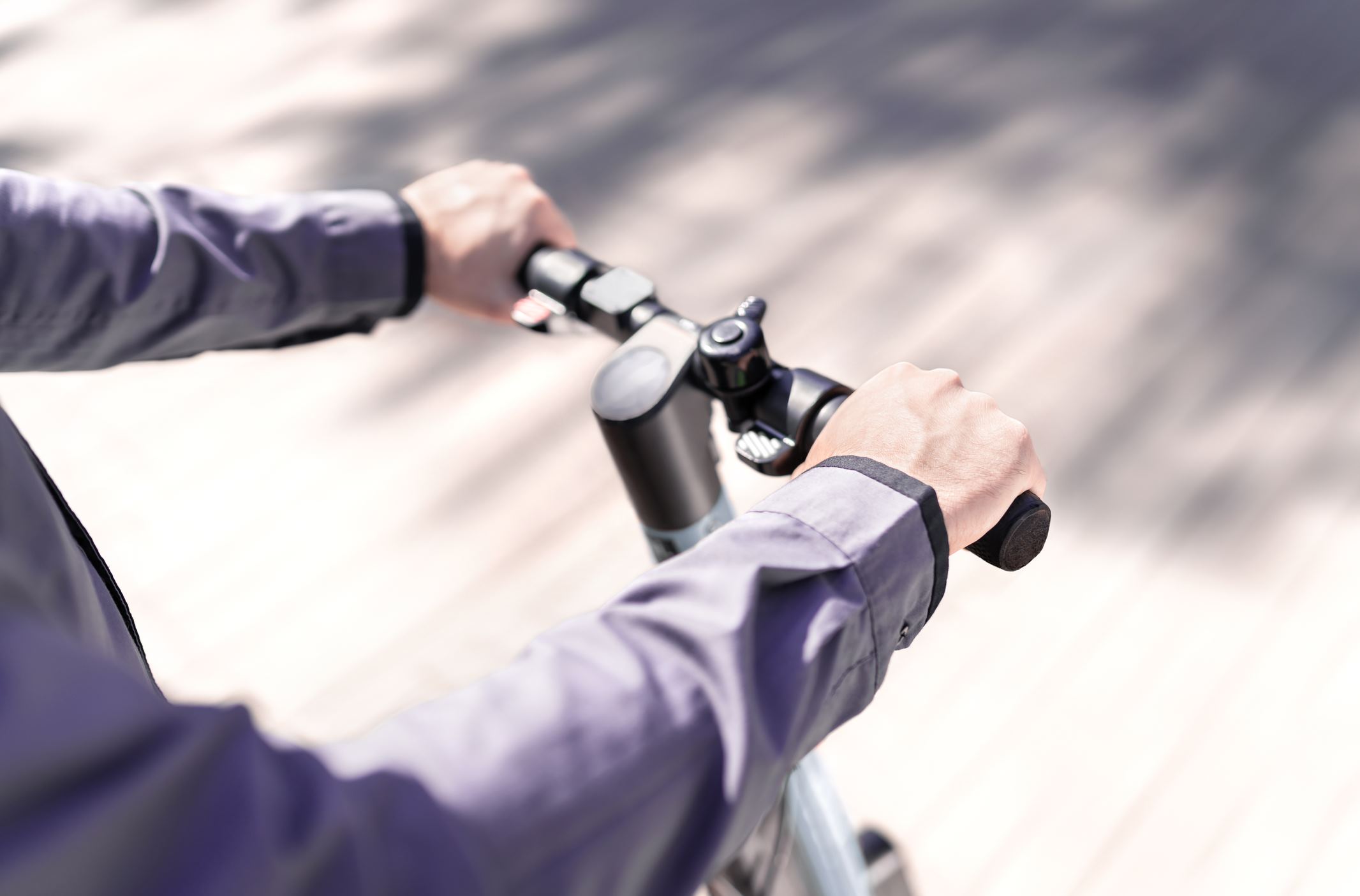
Photo: Leon S on Unsplash
Berlin and Hamburg announce transport partnership
10 July 2024
by Christopher Carey
Berlin and Hamburg have signed a memorandum of understanding (MoU) to work together on the development of their bus and train networks.
The partnership aims to pool the expertise of transport companies, associations and administrations in both cities in order to cooperate on sustainable urban mobility solutions.
“In close cooperation with the transport companies and our responsible authorities, we are already successfully driving forward intelligent, networked and multimodal mobility solutions in Hamburg and the surrounding area,” said Raimund Brodehl, Managing Director of the Hamburg Transport Association (HVV). “But the future cross-regional cooperation of the transport associations and companies in Hamburg and Berlin will now enable even more future-oriented mobility.
“Together we will be able to better recognise the great mobility potential in the metropolises, which lies, among other things, in the use of autonomous vehicles, the expansion of bus stops into mobility hubs and in digital applications.”
One app, two cities
The agreement identifies six areas in which teams from the cities’ transport companies and associations will collaborate.
In the area of autonomous driving, both cities want to develop joint standards so that self-driving buses can be integrated into existing transportation.
Other objectives include safe and barrier-free local public transport, as well as the use of artificial intelligence to control and monitor mobility behaviour.
Ute Bonde, Berlin’s Senator for Mobility said “a welcome side effect” of the cooperation would be that each city would no longer have to spend money on the development of parallel projects.
“In this respect, this contributes to the budget consolidation of both city states, but also of the transport companies and associations.”
“The aim is to achieve something better with the same resources,” said Hamburg’s transport senator Anjes Tjarks. “With their strategic partnership, both city states want to exchange their experiences, create synergy effects and develop joint projects – for example, in the development of autonomous transport, the optimisation of bus punctuality through digitalisation or the development of apps that can better support people with reduced mobility on buses and trains.”
“Imagine if you only had to develop one app for two cities.”








